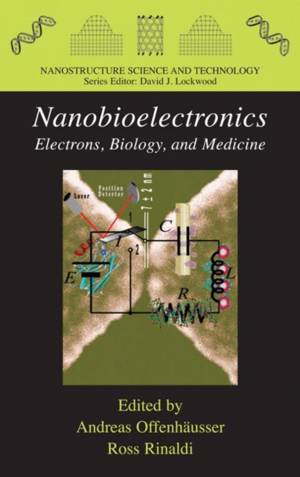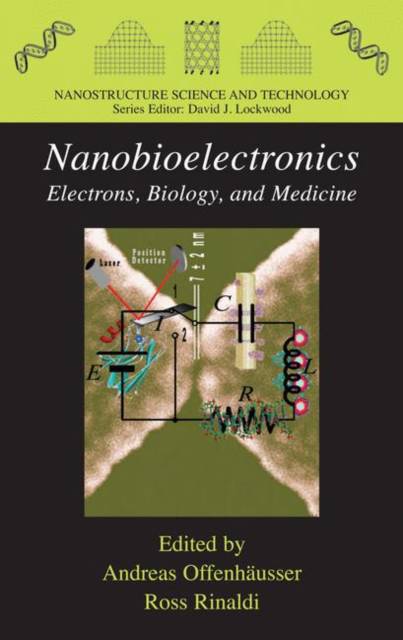
Je cadeautjes zeker op tijd in huis hebben voor de feestdagen? Kom langs in onze winkels en vind het perfecte geschenk!
- Afhalen na 1 uur in een winkel met voorraad
- Gratis thuislevering in België vanaf € 30
- Ruim aanbod met 7 miljoen producten
Je cadeautjes zeker op tijd in huis hebben voor de feestdagen? Kom langs in onze winkels en vind het perfecte geschenk!
- Afhalen na 1 uur in een winkel met voorraad
- Gratis thuislevering in België vanaf € 30
- Ruim aanbod met 7 miljoen producten
Zoeken
Nanobioelectronics - For Electronics, Biology, and Medicine
€ 167,95
+ 335 punten
Omschrijving
The combination of biological elements with electronics is of great interest for many research areas. Inspired by biological signal processes, scientists and engineers are exploring ways of manipulating, assembling, and applying biomolecules and cells on integrated circuits, joining biology with electronic devices. The overall goal is to create bioelectronic devices for biosensing, drug discovery, and curing diseases, but also to build new electronic systems based on biologically inspired concepts. This research area called bioelectronics requires a broad interdisciplinary and transdisciplinary approach to biology and material science. Even though at the frontier of life science and material science, bioelectronics has achieved in the last years many objectives of scientific and industrial relevance, including aspects of electronics and biotechnology. Although the first steps in this field combined biological and electronic units for sensor applications (e. g., glucose oxidase on an oxygen electrode), we see now many applications in the fields of genomics, proteomics, and celomics as well as electronics. This approach challenges both the researcher and the student to learn and think outside of their zones of comfort and training. Today, one can fabricate electrically active structures that are commensurate in size with biomolecules. The advancement of nanotechnology has influenced bioelectronics to a large extent.
Specificaties
Betrokkenen
- Uitgeverij:
Inhoud
- Aantal bladzijden:
- 338
- Taal:
- Engels
- Reeks:
Eigenschappen
- Productcode (EAN):
- 9780387094588
- Verschijningsdatum:
- 6/02/2009
- Uitvoering:
- Hardcover
- Formaat:
- Genaaid
- Afmetingen:
- 156 mm x 234 mm
- Gewicht:
- 666 g

Alleen bij Standaard Boekhandel
+ 335 punten op je klantenkaart van Standaard Boekhandel
Beoordelingen
We publiceren alleen reviews die voldoen aan de voorwaarden voor reviews. Bekijk onze voorwaarden voor reviews.








